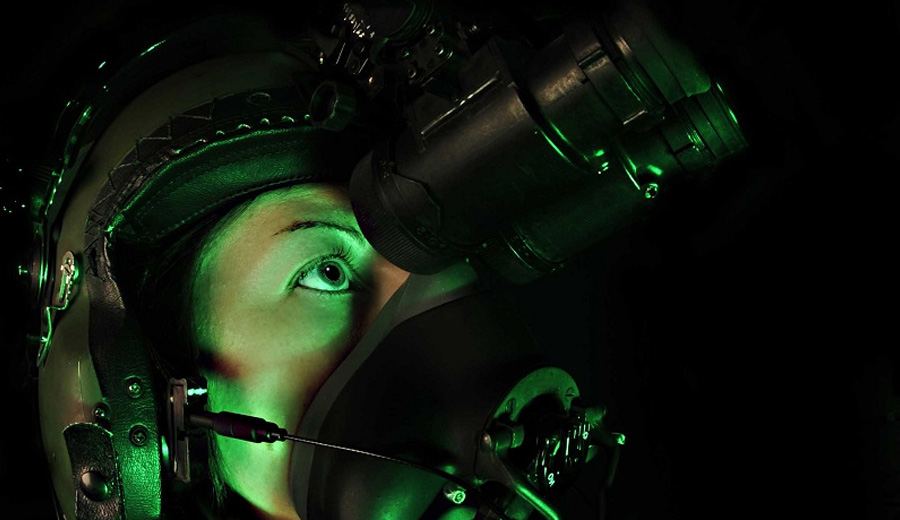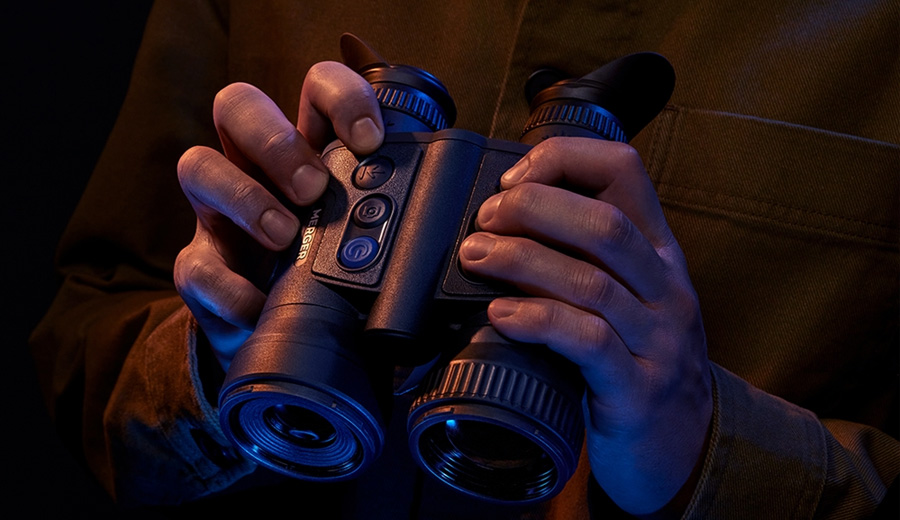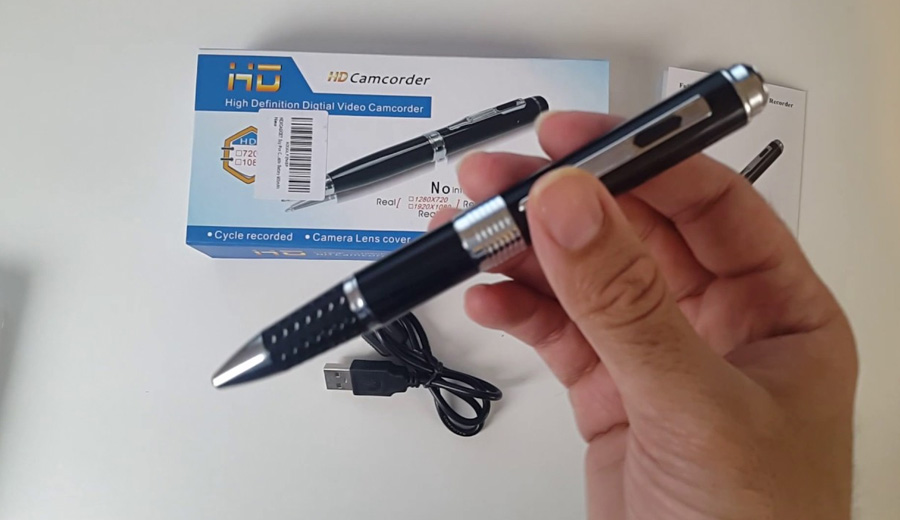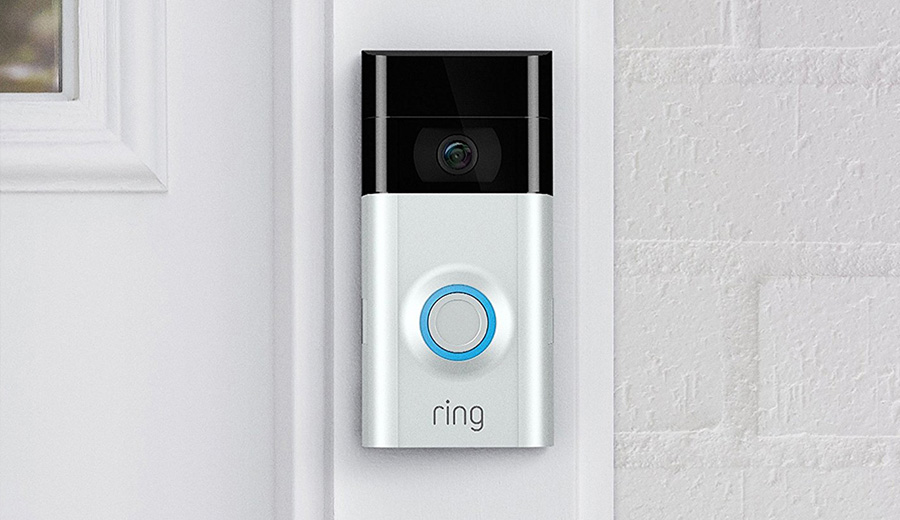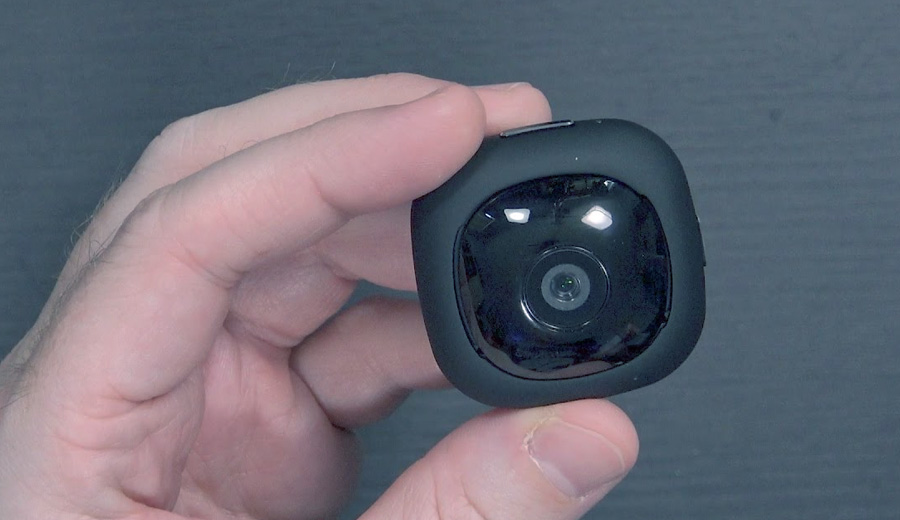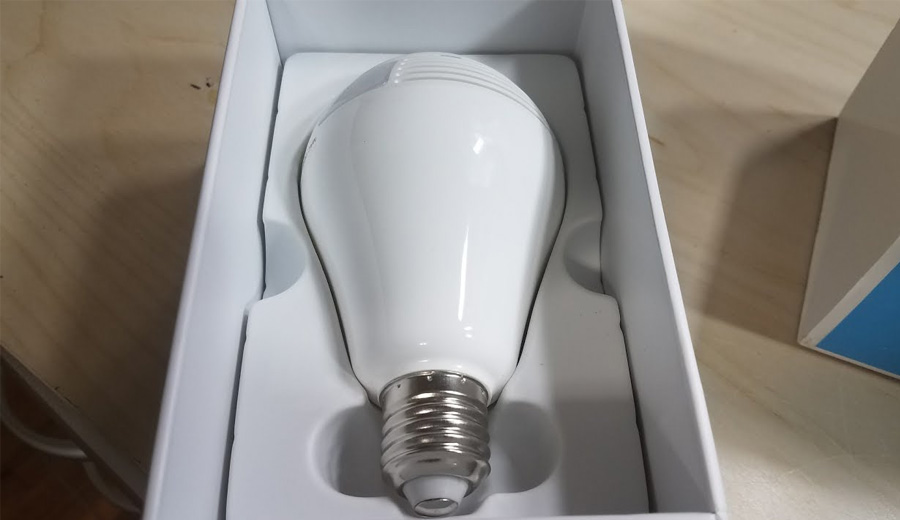The power to see through darkness is an invaluable asset in the field of espionage and covert operations. Night vision has been used for decades in spy cameras and has played a crucial role in collecting significant information during dark periods of our history.
It started as a massive, highly expensive technology and turned to what we see nowadays. Lightweight and powerful devices with incredible night vision capabilities people couldn’t dream of 100 years ago.
The Early Days of Night Vision
Infrared imaging and the emergence of night vision technology goes back to early twentieth century.
With the use of infrared radiation that is invisible to the human eye, images were taken in low light. The first ones were rather impractical and unfit for secret observation; they initially belonged to the army units.
One of the best known is World War II’s sniper scope, a night scope that American and British snipers used during their special missions.
However, this system had the limitation factors such as limited field of view and the need for the infrared light source.
Generation 1 Night Vision
Night vision technology underwent tremendous change through the first generation that made them much less expensive and ready to use for mass production.
These early devices utilized an image intensifier tube to amplify ambient light, making it possible to see in near-total darkness.
Despite the fact that these devices significantly improved upon prior technologies, they were far from perfect, having limited resolution and image quality, along with the infamous “green glow” commonly associated with first generation night vision.
Generation 2 Night Vision
The second-generation night vision technology saw a significant improvement in image quality and performance under low light conditions.
These devices had a microchannel plate MCP image intensity tube, which produced a crisper and brighter picture.
The green hue also weakened and the quality of the image improved considerably. The 2nd generation night vision devices became more applicable in both civilian and military areas.
They provided a great help in conducting investigations and intelligence gathering missions.
Generation 3 Night Vision
The third-generation night vision made a massive improvement on the image and quality of the equipment as well as its usage.
The devices were equipped with higher light-sensitive gallium arsenide photocathodes, making them more efficient in low-light conditions. Therefore, they performed better compared to other types of light sources particularly in extremely dark conditions.
They became popular among military and intelligence applications. The green glow was reduced further and the life time of image intensifier tubes was also increased. Generation 3 night vision is still extensively employed in the army, surveillance and spy activities.
Digital Night Vision
Digital technology created new possibilities for night vision. It was digital night vision cameras that replaced the traditional tubes intensifier image with electronic sensors like CCD (Charge Coupled Device) and CMOS (Complementary Metal-Oxide-Semiconductor).
These sensors captured light and converted it into digital signals, allowing for greater versatility and adaptability. Digital night vision cameras were small, easy to carry and used less power, thus they are better suited for spy cameras.
Other than their dimensions and strength, these devices were also designed to capture and relay real-time images. This was a revolutionary step towards real time monitoring and remote surveillance for the intelligence services and covert operations. The incorporation of infrared illuminators also improved visibility in complete darkness, as they emitted invisible infrared light to illuminate the scene.
Thermal Imaging
The other breakthrough in night vision technology is known as thermal imaging. Unlike conventional night vision that depends on amplifying infrared or visible light, thermal-imaging cameras detect hot spot.
This implies that they have good eyesight even in absolute darkness and during smoky or foggy conditions. Now, thermal imaging is crucial for law enforcement operations, used more often by military.
Modern Spy Cameras
Modern spy cameras with the ability to see in the dark can fit onto a coin and have even greater capabilities compared to old models.
They can capture high-resolution video and images in near-complete darkness, offering an unprecedented advantage to those in need of covert surveillance. They are small and can be hidden inside ordinary household objects. They can also transmit live feed remotely and store data for analysis at a later time.
Finally, the growth of the night vision technology in spy cameras can be seen as a significant development from the primitive clunky gear with limited functionality to state of art sophisticated tools we have today.
Continuous improvement in night vision technology has definitely brought great improvements to the world in case of concealed surveillance whether for military, law enforcement, and spying purposes.
As technology continues to progress further, we can only imagine what the future holds for the world of spy cameras and night vision capabilities. But rest assured, today we have plenty of fantastic options to choose from. So if you’ve been wanting to get into night vision, now is the best time to do so.

